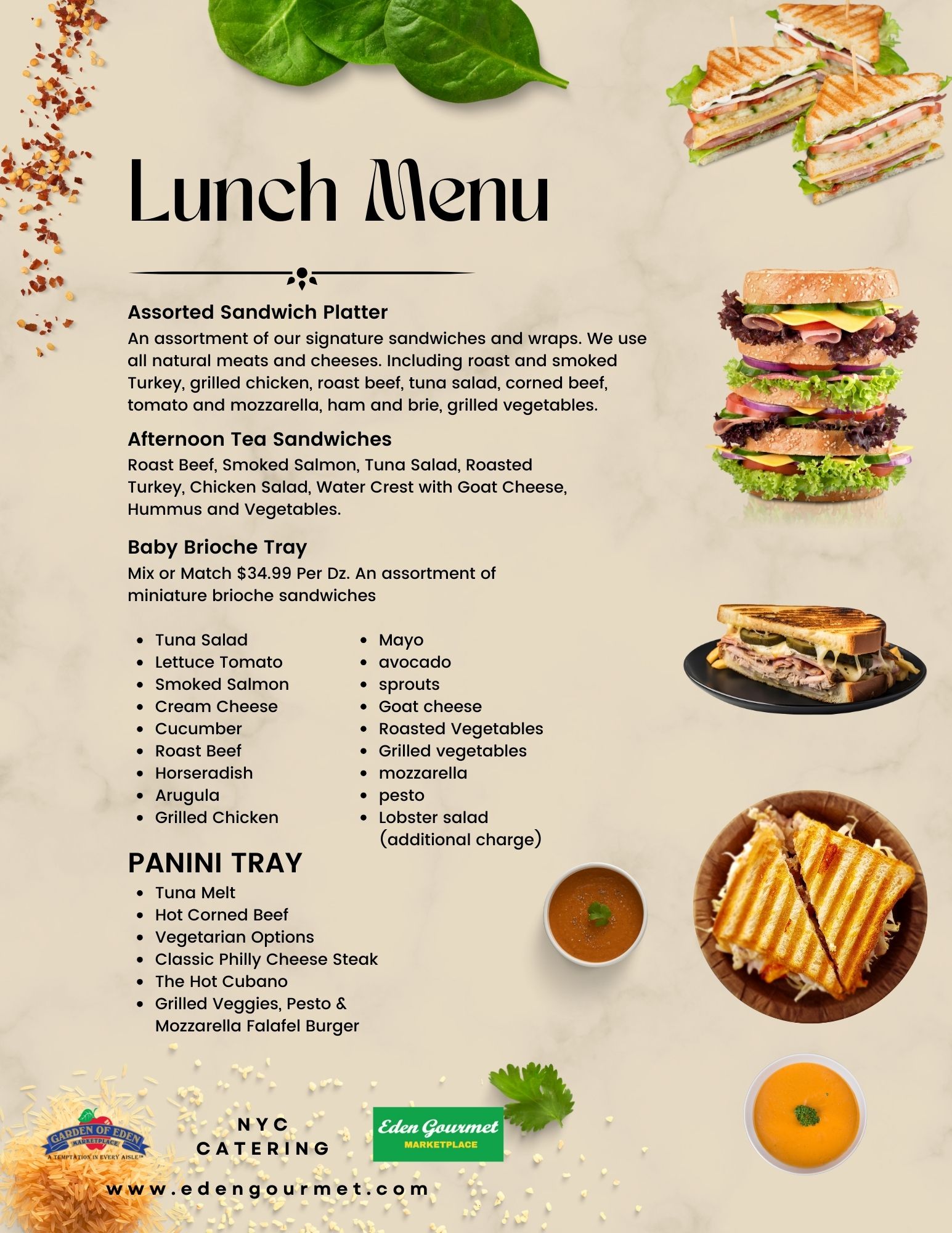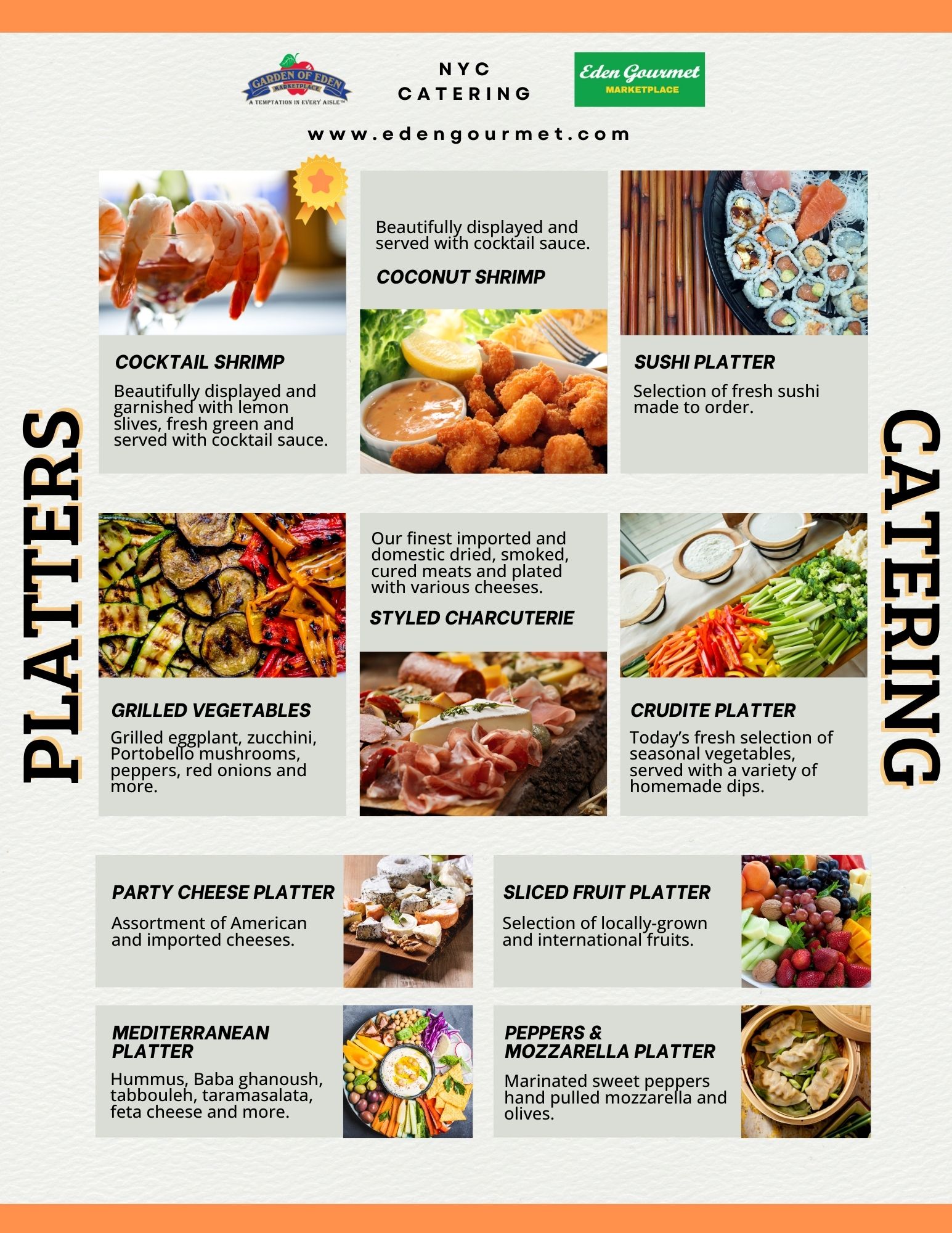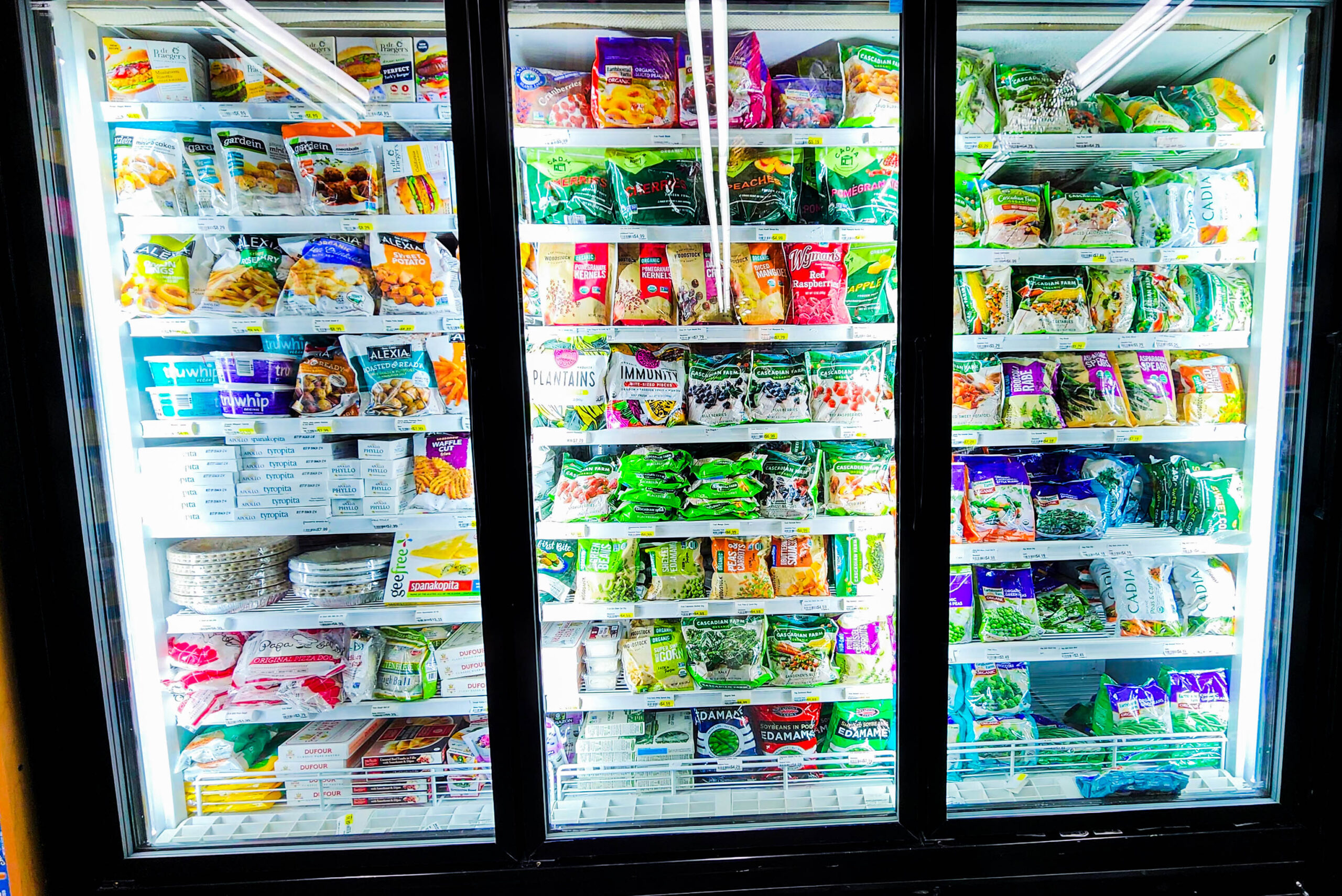Share This Story, Choose Your Platform!
The Complete Guide to Low-Sugar and Keto-Friendly Eating: A Comprehensive Approach to Healthier Living
Introduction
With the rise in popularity of low-sugar and keto-friendly diets, many people are looking for ways to improve their health and well-being by making smarter food choices. These dietary approaches have been shown to help with weight loss, blood sugar control, and overall health. In this comprehensive guide, we will explore the science behind low-sugar and keto-friendly eating, provide practical tips for grocery shopping and meal planning, and offer expert advice to help you achieve your health and wellness goals.
Understanding Low-Sugar and Keto-Friendly Eating
Low-sugar and keto-friendly diets focus on reducing the intake of carbohydrates, especially sugars, to promote fat-burning and weight loss. By limiting the amount of sugar in your diet, you can help regulate blood sugar levels, reduce inflammation, and improve overall health. The keto diet takes this a step further by encouraging the consumption of high-fat, moderate-protein, and low-carb foods to induce a state of ketosis, where the body burns fat for fuel instead of carbohydrates.
Benefits of Low-Sugar and Keto-Friendly Eating
There are numerous benefits to adopting a low-sugar and keto-friendly eating plan, including:
- Weight loss
- Improved blood sugar control
- Increased energy levels
- Reduced inflammation
- Enhanced mental clarity
Navigating Grocery Shopping
When following a low-sugar or keto-friendly diet, it’s important to choose the right foods to support your health goals. Here are some tips for navigating the grocery store:
Focus on Whole Foods
Opt for whole, unprocessed foods such as vegetables, fruits, nuts, seeds, lean proteins, and healthy fats. Avoid packaged and processed foods that are high in added sugars and unhealthy fats.
Read Labels Carefully
Check the nutrition labels on food products to identify hidden sugars and carbohydrates. Look for ingredients like high-fructose corn syrup, maltodextrin, and dextrose, which can spike blood sugar levels.
Meal Planning Tips
Meal planning is key to success on a low-sugar or keto-friendly diet. Here are some tips to help you plan nutritious and satisfying meals:
Plan Ahead
Take time each week to plan your meals and snacks. This will help you stay on track and avoid making unhealthy choices when you’re hungry.
Include a Variety of Foods
Make sure your meals include a balance of protein, healthy fats, and fiber-rich carbohydrates. This will help keep you full and satisfied throughout the day.
Expert Advice
Consulting with a registered dietitian or nutritionist can provide personalized guidance and support on your low-sugar or keto-friendly eating journey. They can help you create a customized meal plan, address any nutritional deficiencies, and offer tips for long-term success.
Summary
Low-sugar and keto-friendly eating can be a powerful tool for improving your health and well-being. By understanding the science behind these dietary approaches, navigating grocery shopping and meal planning, and seeking expert advice, you can make informed choices and embrace a healthier lifestyle. Remember to focus on whole foods, read labels carefully, plan your meals ahead of time, and seek support from a professional to achieve your health and wellness goals.




























































